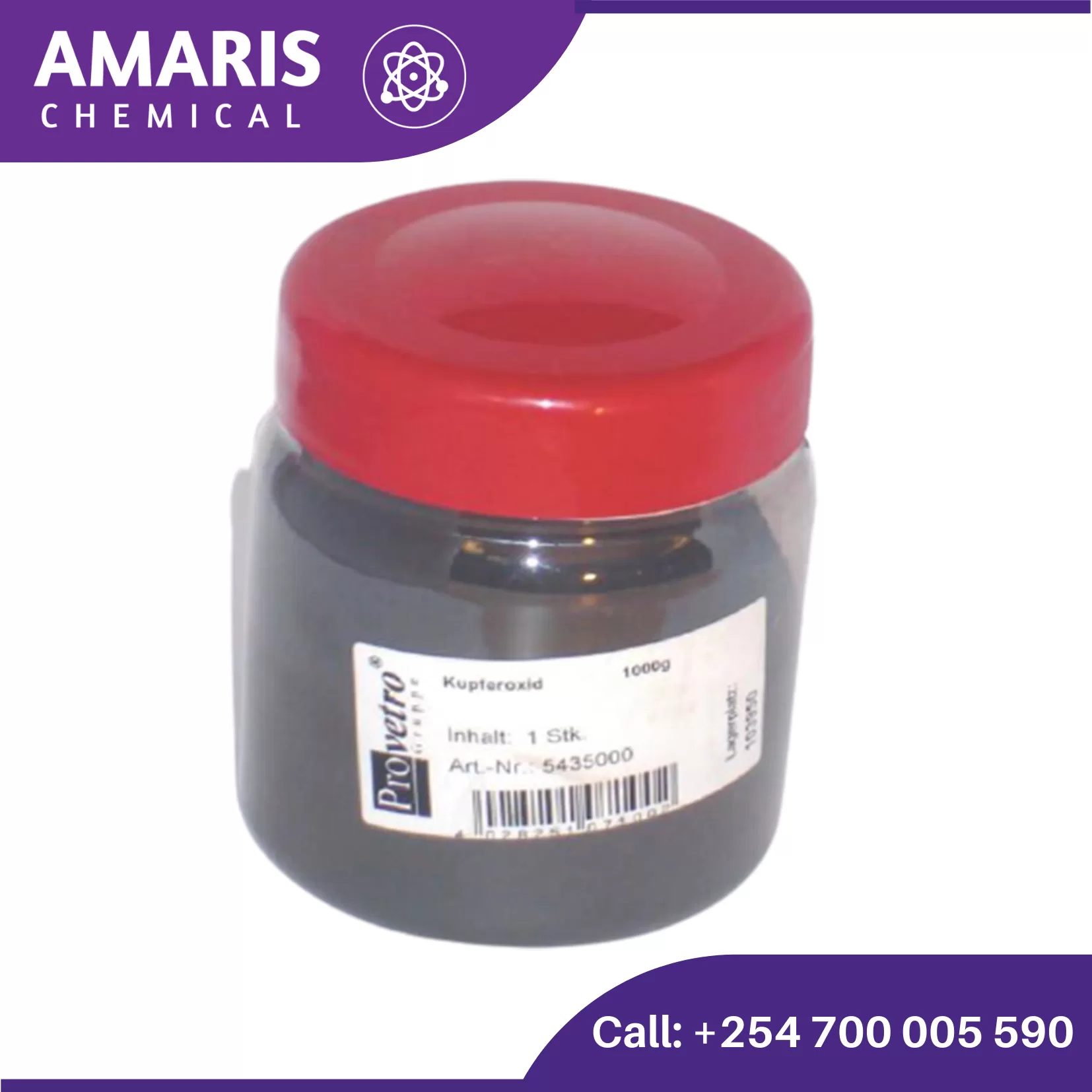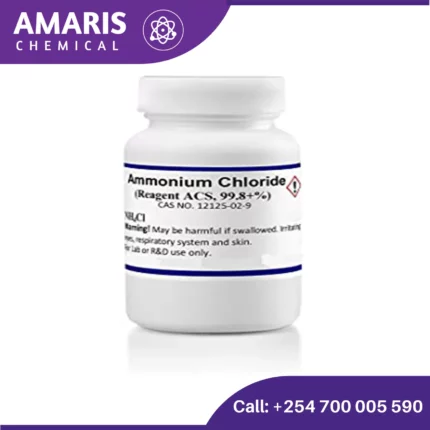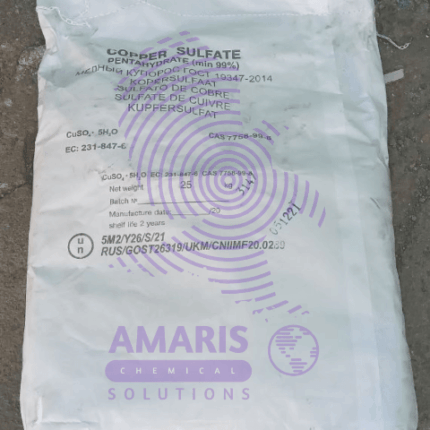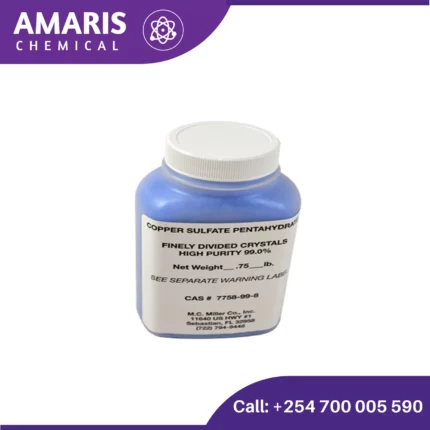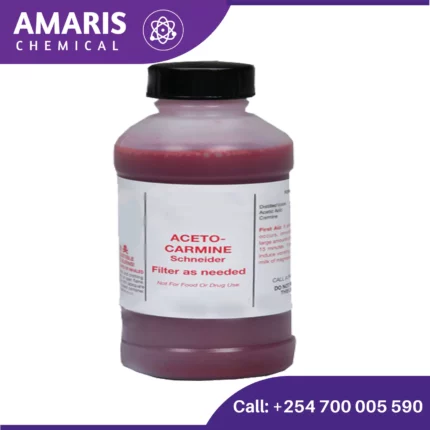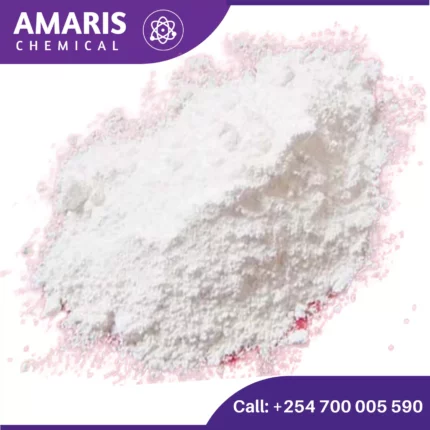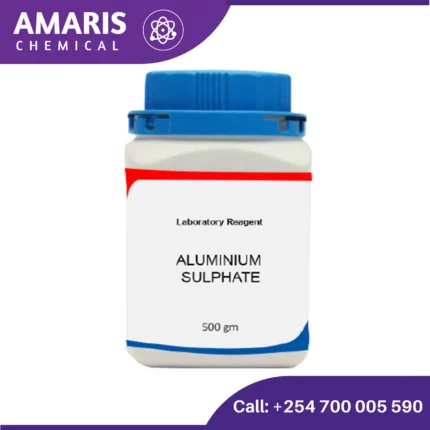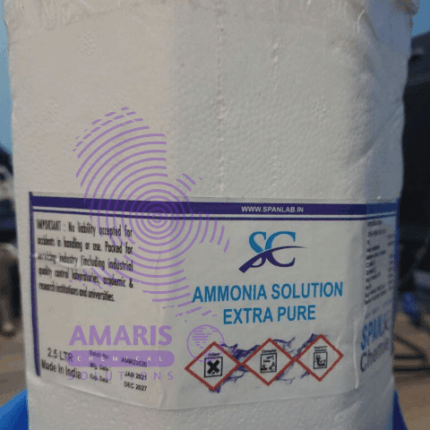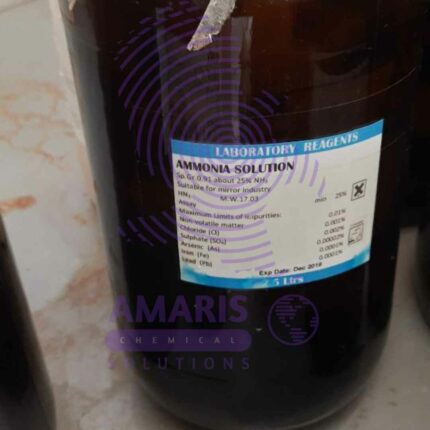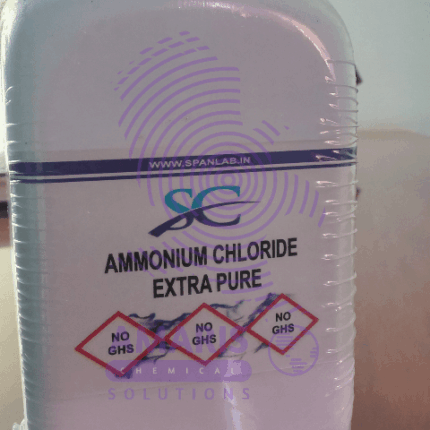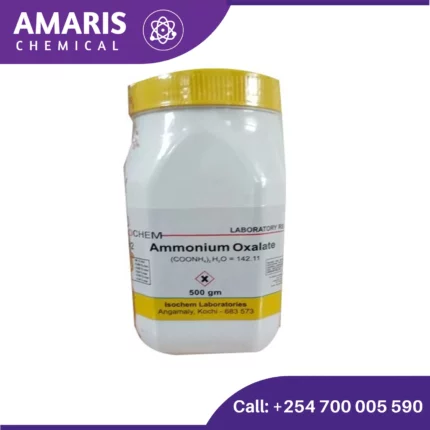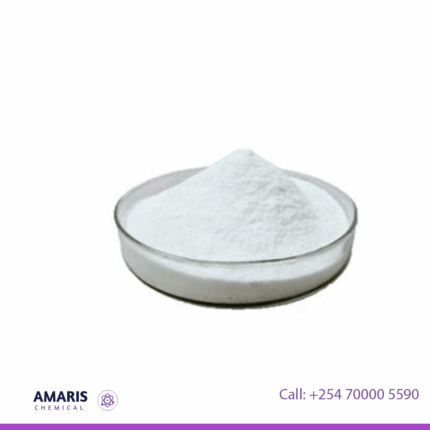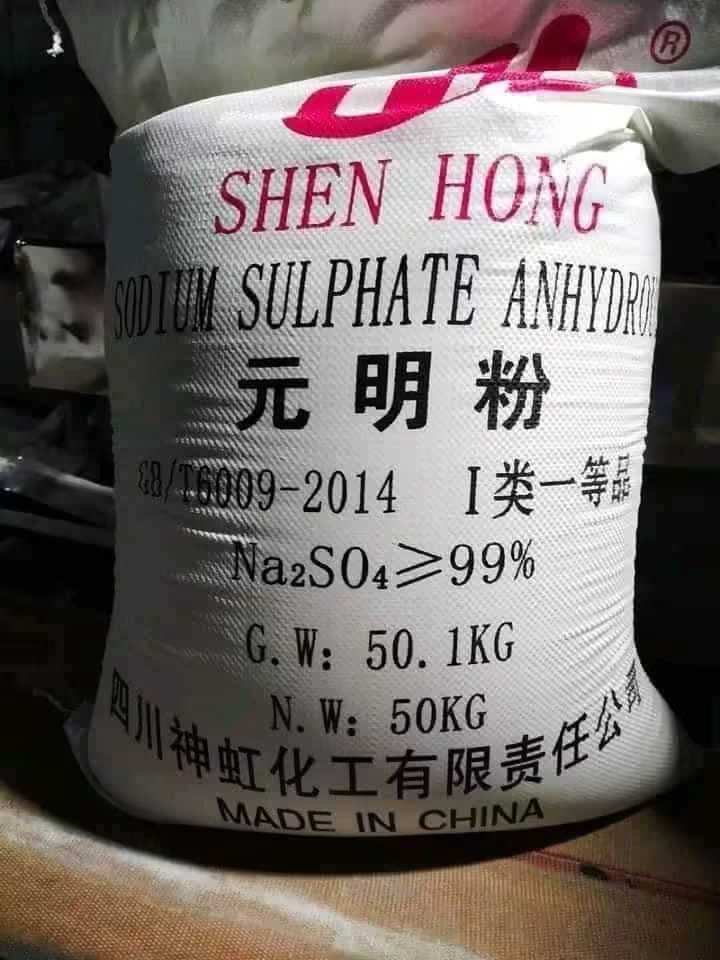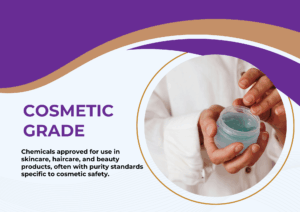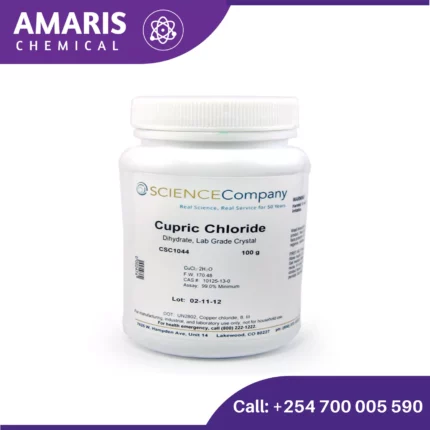
Cupric Chloride 250gm
KSh2,500.00 Original price was: KSh2,500.00.KSh2,300.00Current price is: KSh2,300.00.
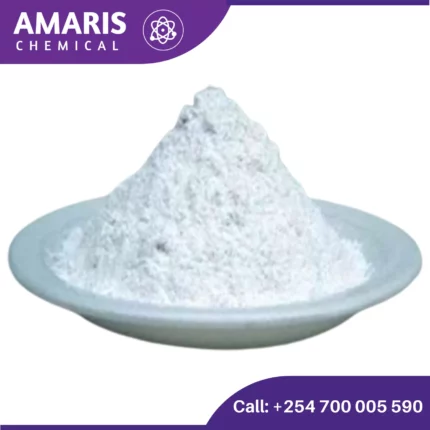
Cupric Sulphate Anhydrous
KSh2,500.00 Original price was: KSh2,500.00.KSh2,300.00Current price is: KSh2,300.00.
Cupric Oxide 100gm
KSh2,500.00 Original price was: KSh2,500.00.KSh2,300.00Current price is: KSh2,300.00.
Cupric oxide, also known as copper(II) oxide, is a black solid with the chemical formula CuO. It is a significant compound of copper and has various applications in different fields. Here are some key points about cupric oxide:
Properties:
- Chemical Formula: CuO
- Appearance: Black or dark brown powder.
- Molecular Weight: 79.545 g/mol
- Melting Point: 1,326 °C (2,419 °F)
- Density: 6.315 g/cm³
- Solubility: Insoluble in water but soluble in acids.
Production:
Cupric oxide can be produced by several methods, including:
- Thermal Decomposition: Heating copper(II) nitrate, copper(II) carbonate, or copper(II) hydroxide in the absence of oxygen.
- Direct Oxidation: Heating metallic copper in the presence of oxygen.
SKU:
ACS45818CHEM0
Category: Analytical Reagents
Description
Uses of Cupric Oxide
1. Chemical Reactions and Experiments:
- Redox Reactions: Cupric oxide is often used in experiments to demonstrate redox reactions, where it acts as an oxidizing agent. For example, it can be reduced to copper metal by heating with hydrogen gas.
- Thermal Decomposition: Used to study thermal decomposition reactions. Cupric oxide can be obtained by heating copper carbonate or copper hydroxide.
2. Analytical Chemistry:
- Quantitative Analysis: Employed in gravimetric analysis to determine the concentration of copper in samples. Cupric oxide can be weighed before and after reactions to calculate the amount of copper present.
- Reagent in Tests: Acts as a reagent in various qualitative tests, such as detecting reducing sugars. Cupric oxide reacts with reducing sugars to form a red precipitate of copper(I) oxide (Cu2O).
3. Catalysis Studies:
- Catalyst Testing: Used as a catalyst in laboratory-scale reactions to study catalytic processes and reaction mechanisms. It can catalyze the oxidation of organic compounds and other reactions.
4. Synthesis of Compounds:
- Preparation of Other Copper Compounds: Cupric oxide is a precursor in the synthesis of other copper-containing compounds, such as copper sulfate (CuSO4) and copper acetate.
- Nanomaterials: Used in the synthesis of copper oxide nanoparticles, which have applications in electronics, sensors, and antimicrobial agents.
5. Material Science:
- Ceramics and Glass: Studied for its properties in ceramics and glass production. Cupric oxide is used to impart black and other colors to glass and ceramic materials.
- Superconductors: Investigated for its role in high-temperature superconductors, such as those based on cuprate materials.
6. Electronics and Semiconductor Research:
- Thin Films: Used in the fabrication of thin films for electronic devices. Cupric oxide thin films are studied for their electrical properties and potential use in solar cells and sensors.
- Photovoltaics: Research into its application in photovoltaic cells, where it can be used as an absorber material due to its semiconducting properties.
7. Educational Demonstrations:
- Demonstration of Chemical Principles: Frequently used in educational laboratories to demonstrate basic chemical principles, such as oxidation-reduction reactions, stoichiometry, and properties of metal oxides.
- Lab Safety and Handling: Teaching proper laboratory techniques and safety protocols when handling chemicals.
8. Environmental Chemistry:
- Pollution Control Studies: Used in experiments related to pollution control and environmental remediation. For example, it can be used to study the removal of sulfur dioxide from industrial emissions through chemical reactions.
Shipping & Delivery
You may also like…
Ammonium Cupric Chloride
Copper sulfate 25kg
Copper sulfate, also known as cupric sulfate or copper (II) sulfate, is a chemical compound composed of copper, sulfur, and oxygen. Its chemical formula is CuSO4, and it appears as blue crystals or a white powder. Copper sulfate is commonly used as a fungicide, herbicide, and pesticide, as well as a laboratory reagent and a catalyst in chemical reactions. It is also used in the manufacture of copper compounds, in electroplating, and in the preparation of pigments for paints and dyes.
Cupric Carbonate 500gm
Cupric carbonate, also known as copper(II) carbonate, is a chemical compound with the formula CuCO3. It exists in nature as several different minerals, including malachite and azurite, which are valued for their vibrant green and blue colors, respectively. Cupric carbonate can also be synthesized in the laboratory.
In its natural form, cupric carbonate is often used as a pigment in paints and dyes due to its striking color. It has also been used historically as a source of copper in various applications, including as a fungicide in agriculture.
Cupric carbonate is insoluble in water, but it can react with acids to form soluble copper salts. Additionally, it can decompose upon heating to release carbon dioxide and form copper(II) oxide.
It's important to handle cupric carbonate with care, as copper compounds can be toxic if ingested or inhaled in large quantities.
Cupric Chloride 250gm
Cupric chloride, also known as copper(II) chloride, is a chemical compound with the formula CuCl₂. It appears as a yellowish-brown powder in its anhydrous form and turns into a blue-green crystalline solid when hydrated. This compound is highly soluble in water, forming a blue solution.
Properties:
- Chemical Formula: CuCl₂
- Molecular Weight: 134.45 g/mol
- Appearance: Yellowish-brown powder (anhydrous), blue-green crystals (hydrated)
- Solubility: Highly soluble in water and ethanol
Cupric Sulphate Anhydrous
Cupric sulfate anhydrous refers to the form of copper(II) sulfate that does not contain water molecules in its crystal structure. It is used similarly to the hydrated form (cupric sulfate pentahydrate) in laboratory settings, often in analytical chemistry and as a source of copper ions in various reactions and processes.
Cupric Sulphate Pentahydrate
Related products
Aceto Carmine 100 ml
Aceto carmine is a staining solution used primarily in microscopy to highlight cellular components. It is a mixture of carmine dye and acetic acid. Here’s an overview of its properties, preparation, and uses:
Properties
- Color: Red to purplish-red.
- Solubility: Soluble in water and ethanol.
- Staining Characteristics: Stains chromatin and cytoplasmic components, providing contrast for better visualization under a microscope.
Preparation
- Ingredients:
- Carmine dye: A natural red dye extracted from the cochineal insect.
- Acetic acid: A colorless liquid organic compound with a pungent smell.
- Procedure:
- Dissolve a specific amount of carmine powder in hot distilled water.
- Add glacial acetic acid to the solution.
- Filter the mixture to remove any undissolved particles.
Aluminum Hydroxide 250gm
Aluminium hydroxide is a chemical compound with the formula Al(OH)3. It is an inorganic compound that is commonly used as an antacid to neutralize excess stomach acid, as well as a component in the manufacture of various products, such as ceramics, paper, and cosmetics. It is a white, powdery substance that is insoluble in water and has a low toxicity. When heated, it decomposes to produce aluminium oxide, or alumina, which is used in the production of aluminium metal.
Aluminum Sulphate 500gm
Aluminum sulfate, also known as alum, is a chemical compound with the formula Al2(SO4)3. It's commonly used in water treatment plants as a coagulant to clarify turbid or muddy water by causing suspended particles to clump together and settle out. In addition to water treatment, aluminum sulfate has various other industrial applications, such as in paper manufacturing, dyeing, and as a mordant in textile dyeing to help fix dyes to fabrics.
Ammonia Solution 2.5litres
An ammonia solution is a solution of ammonia (NH3) gas dissolved in water. It is a clear, colorless liquid with a pungent odor and a basic pH. The concentration of ammonia in the solution can vary, and is typically expressed in terms of percent by weight or by volume.
Ammonia solutions are commonly used in a variety of applications, including cleaning agents, fertilizers, and as a precursor to other chemicals. They are also used in industrial processes such as refrigeration, gas purification, and water treatment. Ammonia solutions can be dangerous if not handled properly, as they are highly corrosive and can release toxic fumes if mixed with certain chemicals
Ammonium Chloride 500gm
Ammonium chloride is an inorganic compound with the chemical formula NH4Cl. It is a white crystalline salt that is highly soluble in water and has a salty taste. Ammonium chloride is often used in various industrial and laboratory applications, including as a flux in soldering, as a nitrogen source in fertilizers, and as a component in dry cell batteries. It can also be used in medicine as an expectorant to help thin and loosen mucus in the respiratory system

